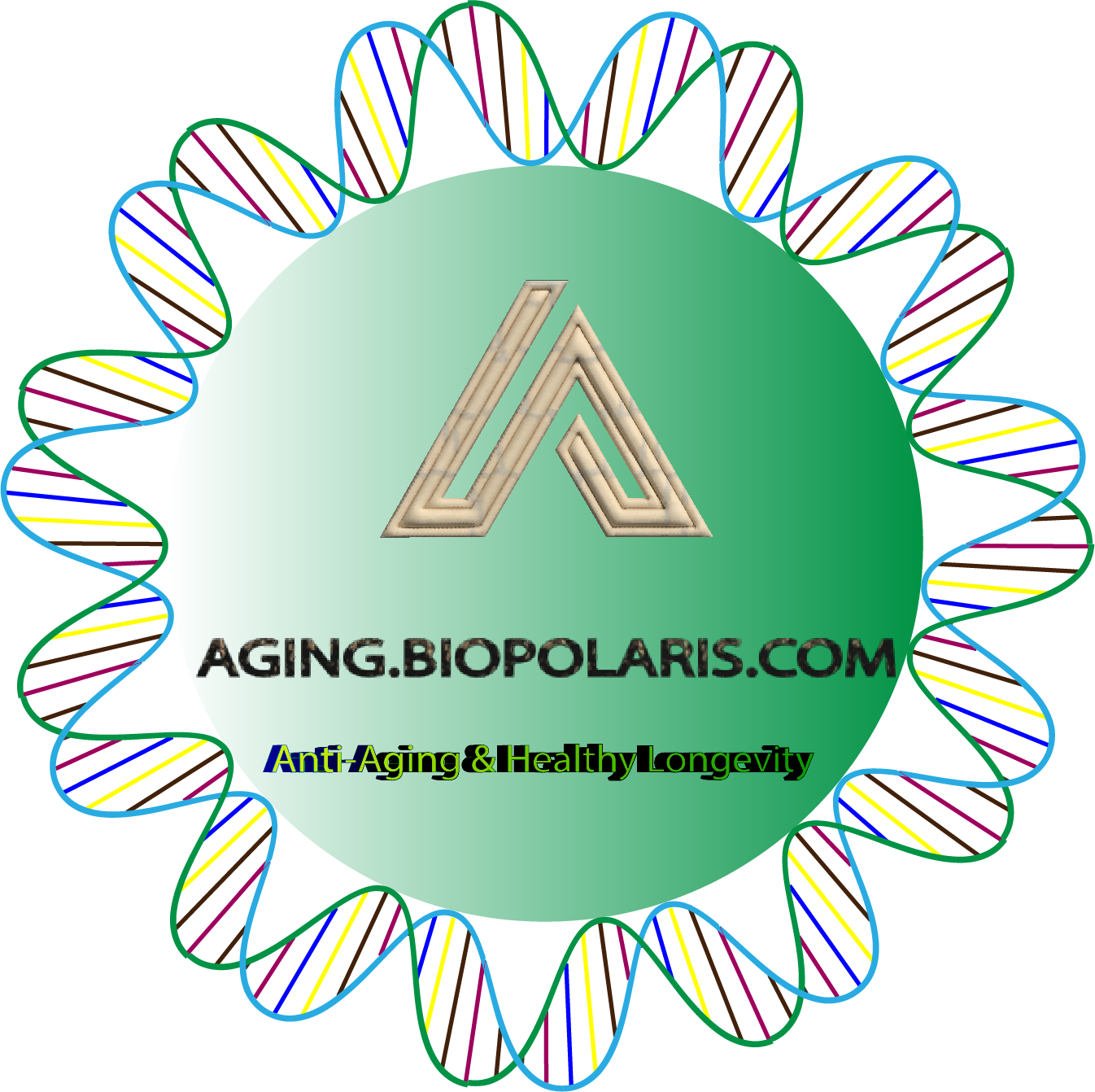Aggregator
Coupled, decoupled, and abrupt responses of vegetation to climate across timescales
Science, Volume 389, Issue 6755, Page 64-68, July 2025.
Electric double-layer synthesis of a spongelike, lightweight reticular membrane
Science, Volume 389, Issue 6755, Page 73-77, July 2025.
The intracellular Ca2+ sensitivity of transmitter release in glutamatergic neocortical boutons
Science, Volume 389, Issue 6755, Page 48-52, July 2025.
Membrane topology inversion of GGCX mediates cytoplasmic carboxylation for antiviral defense
Science, Volume 389, Issue 6755, Page 84-91, July 2025.
The brain in motion
Science, Volume 389, Issue 6755, Page 35-35, July 2025.
Rejecting genetic essentialism
Science, Volume 389, Issue 6755, Page 36-36, July 2025.
Relative importance of the anti-apoptotic versus apoptosis-unrelated functions of MCL-1 in vivo
Science, Volume 389, Issue 6764, Page 1003-1011, September 2025.
Strong interactions and isospin symmetry breaking in a supermoiré lattice
Science, Volume 389, Issue 6761, Page 736-740, August 2025.
Journal plagued with problematic papers, likely from paper mills, pauses submissions
The halt will let Taylor &Francis focus on checking Bioengineered’s papers for fraudulent works and paid authorships
NIH restores grants to South Africa scientists, adds funding option for other halted foreign projects
A policy tweak to the ban on foreign “subawards” should allow clinical trials worldwide to continue
Genetic evidence that our brains make new neurons in adulthood may close a century-old debate
Cells from human brain tissue have genetic hallmarks of neural progenitors, AI-aided study finds
Ancient wooden tools show human ancestors ate their veggies
Found in China, 300,000-year-old digging sticks reveal a lost technology
Researchers claim their AI model simulates the human mind. Others are skeptical
Cognitive scientists question new Centaur model’s ability to predict human behavior
Increased Risk of Dementia and its Subtypes following Various Forms of Acquired Brain Injury: a Meta-analysis and Systematic Review
In recent years, acquired brain injuries (ABIs) have been implicated in the development and pathogenesis of dementia; however, existing data is conflicting and often lacks precise classifications or comprehensive analyses. This review sought to synthesize available evidence to assess the association between four major ABI types-traumatic brain injury (TBI), cerebral atherosclerosis (AS), intracranial hemorrhage, and ischemic stroke-and risk of subsequent all-cause dementia (ACD) and dementia...
Rethinking TREM2 as a target for Alzheimer's disease after the INVOKE-2 trial failure
No abstract
Cardiolipin-mimic lipid nanoparticles without antibody modification delivered senolytic in vivo CAR-T therapy for inflamm-aging
mRNA-based in vivo chimeric antigen receptor (CAR)-T cell engineering offers advantages over ex vivo therapies, including streamlined manufacturing and transient expression. However, current delivery methods require antibody-modified vehicles with manufacturing challenges. In this study, inspired by cardiolipin, we identify cardiolipin-like di-phosphoramide lipids that improve T cell transfection without targeting ligands, both in vitro and in vivo. The T cell-favored tropism is likely due to...
Immuno-metabolic stress responses control longevity from mitochondrial translation inhibition in C. elegans
Perturbing mitochondrial translation represents a conserved longevity intervention, with proteostasis processes proposed to mediate the resulting lifespan extension. Here, we explore whether other mechanisms may contribute to lifespan extension upon mitochondrial translation inhibition. Using multi-omics and functional in vivo screening, we identify the ethylmalonyl-CoA decarboxylase orthologue C32E8.9 in C. elegans as an essential factor for longevity induced by mitochondrial translation...
Immunosenescence accelerates atherosclerosis development in AAV-PCSK9 mouse model
Aging is a dominant risk factor for atherosclerotic cardiovascular disease and is associated with compositional and functional changes in our immune system, called immunosenescence. To gain insights into the impact of immunosenescence on atherosclerosis, we investigated plaque development and the immune landscape in an AAV-PCSK9 mouse model. Young (3 months) and aged (18 months) male C57Bl/6 mice received a single i.v. injection of a recombinant adeno-associated virus encoding murine PCSK9...
A genome-wide in vivo CRISPR activation screen identifies BACE1 as a therapeutic vulnerability of lung cancer brain metastasis
Brain metastasis occurs in up to 40% of patients with non-small cell lung cancer (NSCLC). Considerable genomic heterogeneity exists between the primary lung tumor and respective brain metastasis; however, the identity of the genes capable of driving brain metastasis is incompletely understood. Here, we carried out an in vivo genome-wide CRISPR activation screen to identify molecular drivers of brain metastasis from an orthotopic xenograft model derived from a patient with NSCLC. We found that...
Antibody durability is influenced by interleukin-2 production by undifferentiated memory T helper cells and extensive B cell clonal expansion
SARS-CoV-2-neutralizing antibody titers serve as immune correlates of protection against COVID-19; however, the durability varies among vaccinees. Here, we demonstrate that the durability of vaccine-boosted antibody responses is closely correlated with the pre-booster capacity of spike-reactive CD4^(+) T cells to produce interleukin (IL)-2 and T helper type 2 (Th2) cytokines. IL-2 production by CD4^(+) T cells was also associated with extensive B cell clonal expansion, which preceded the durable...
